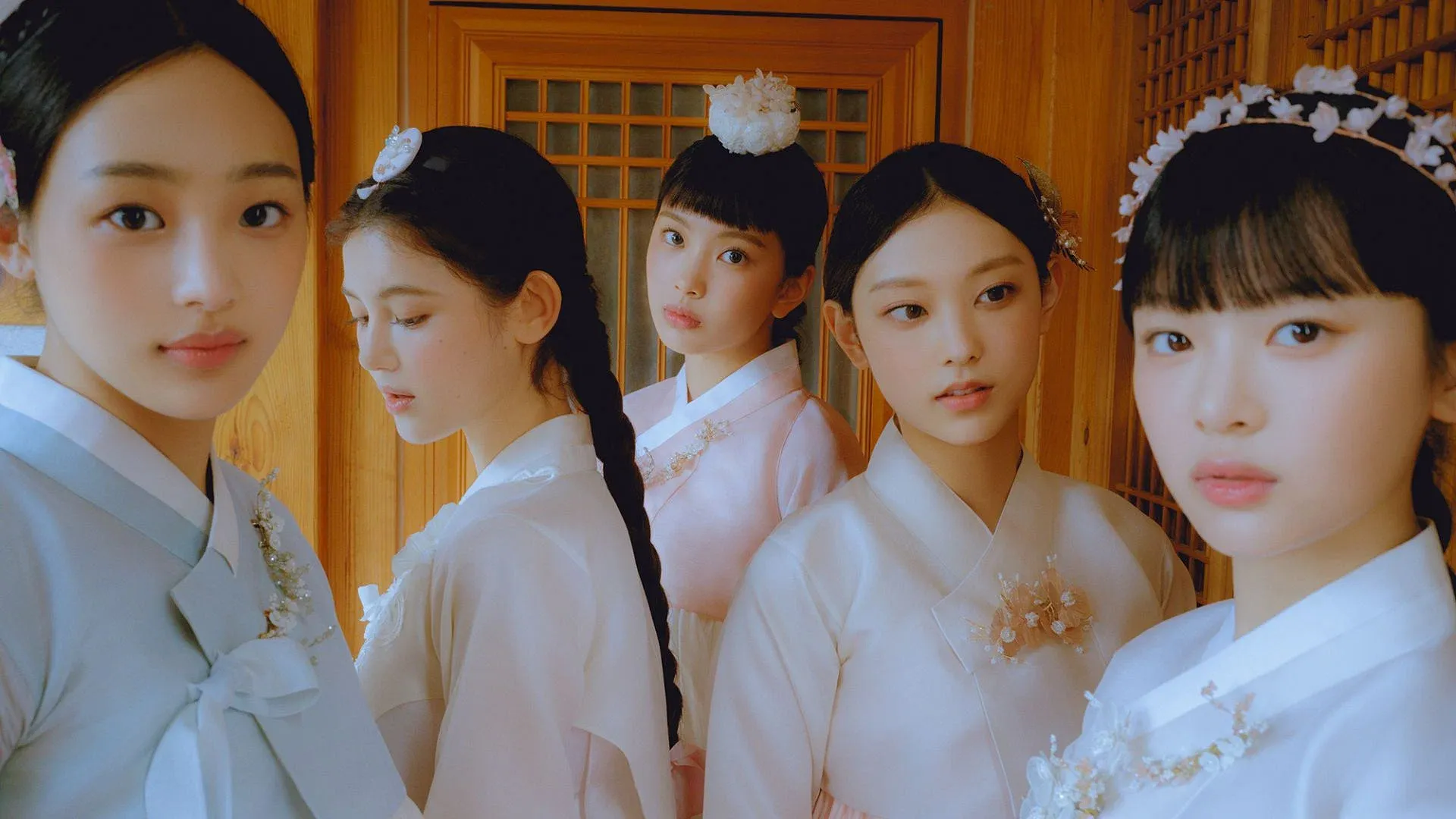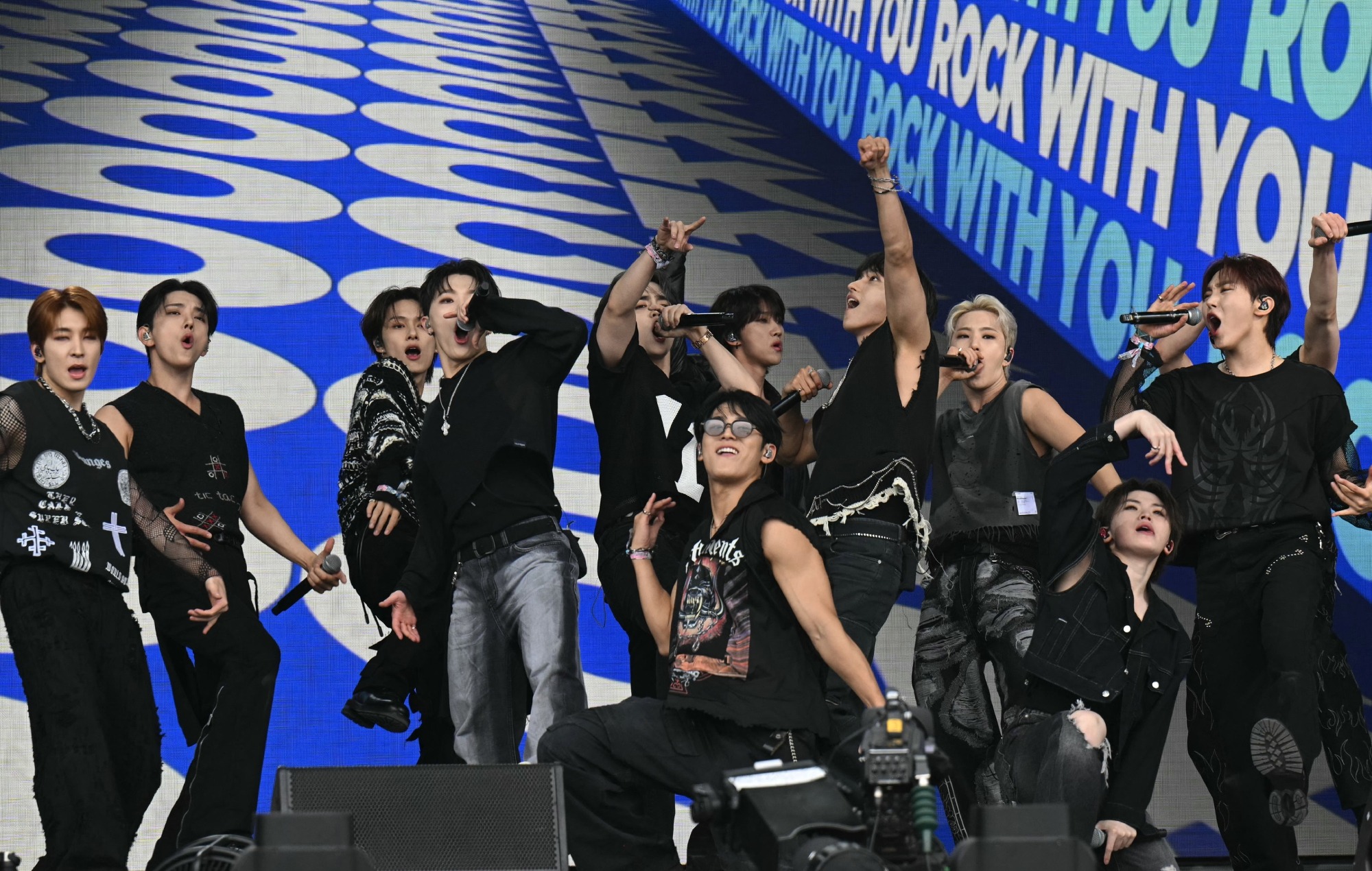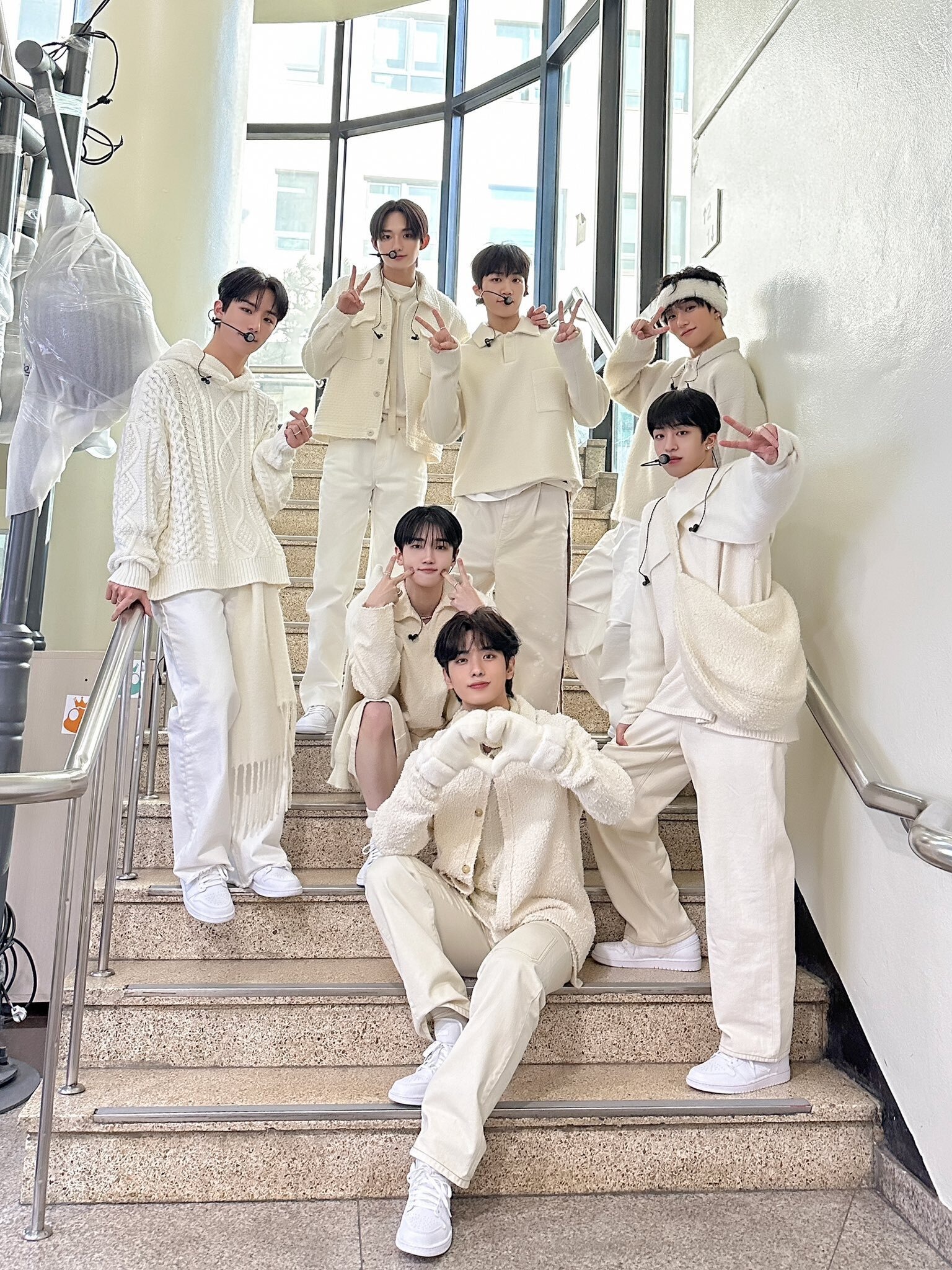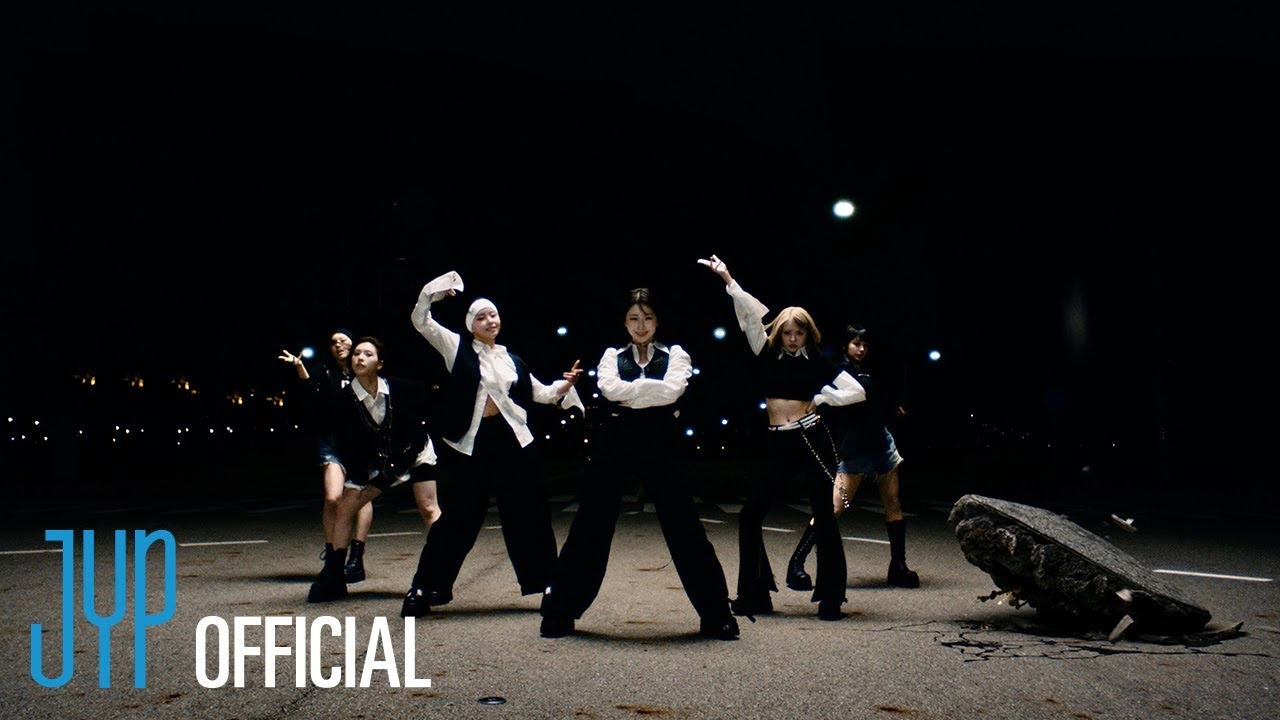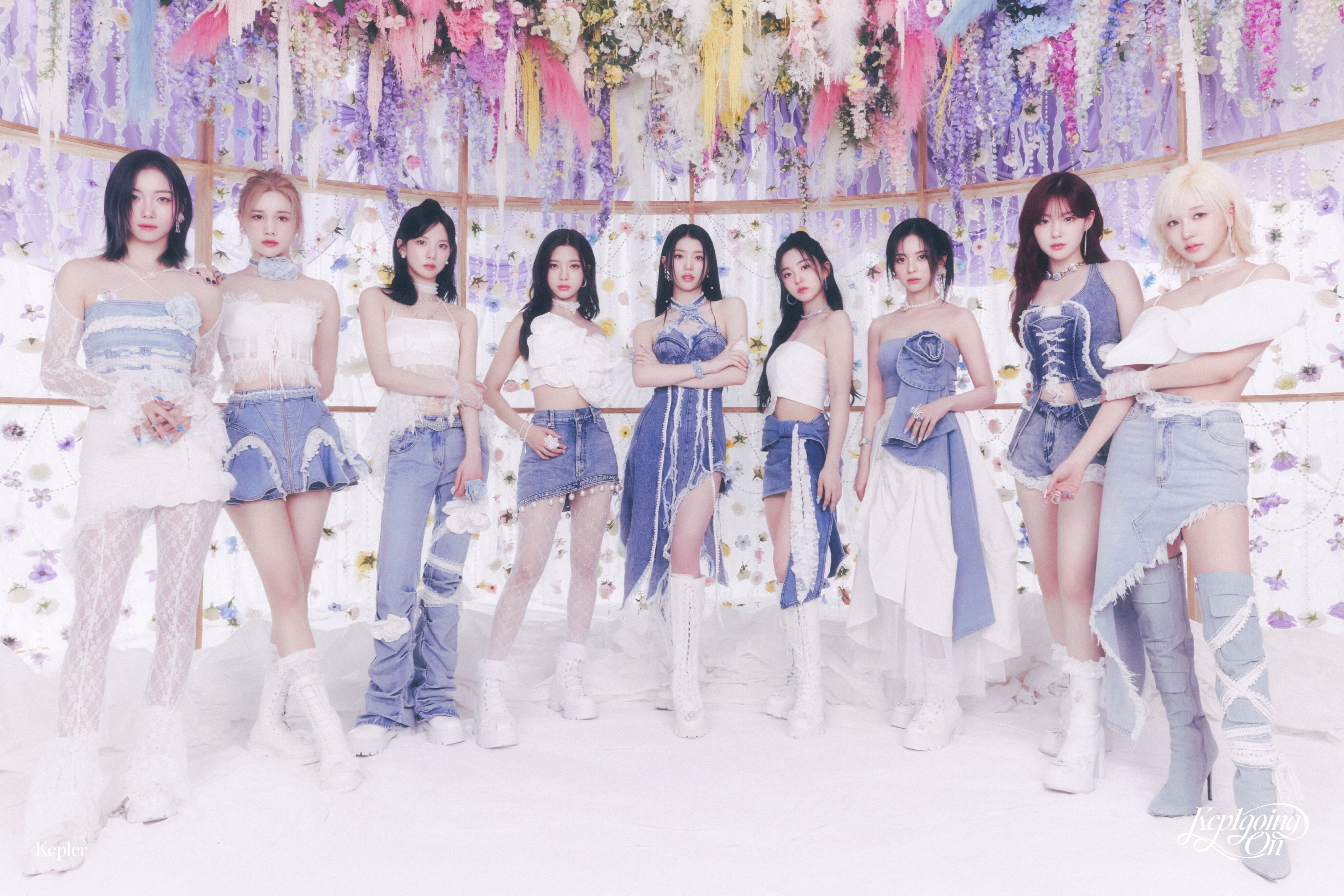
While people from South Korea and people from Japan will likely scream in shock or disbelief after reading the title of this article, it’s sadly a valid question for Western listeners who are completely unfamiliar with the music of East Asia. Due to Hallyu, Western listeners are being exposed to Asian pop music for the first time, with no way to get their bearings and no clue how to navigate the vast ocean of new musical options out there. They also have very few tools available to help educate them about the distinct cultures in East Asia.
So, how can a new fan of Asian pop music distinguish between pop music made in South Korea versus pop music made in Japan?
K-pop (Korean pop) and J-pop (Japanese pop) are distinct musical genres originating from South Korea and Japan, respectively. Despite their shared East Asian roots and influence from Western pop, there are notable differences between the two.
Musical Style and Influences
K-pop blends genres like pop, hip-hop, R&B, and EDM, featuring catchy hooks, strong beats, and intricate choreography. Artists often explore diverse concepts and visual aesthetics.
J-pop, on the other hand, exhibits an eclectic mix drawing from traditional Japanese music, rock, electronic, and elements of anime and gaming culture. Songs tend to feature lighter melodies and emotive or quirky lyrics. Some words used to describe J-pop are hyper, bouncy, frenetic.
You can feel the frenetic, rock-infused energy in this track from J-pop band Mrs. GREENAPPLE.
Cultural Influence and Global Appeal
Known for its "Hallyu" or Korean Wave, K-pop enjoys massive global popularity with acts like BTS, BLACKPINK, and ILLIT leading the charge. Multilingual content and strategic international marketing have been the key to its success.
While popular internationally, J-pop mostly maintains a strong domestic fanbase in Japan and has influenced other Asian pop scenes.
Production and Management
The South Korean pop industry has highly structured training and management by entertainment agencies to ensure polished performances and cohesive group dynamics. K-pop is highly manufactured from top to bottom, start to finish – almost to a fault. But that’s part of the charm.
In J-pop, things feel very similar to the Western model. Artists may have more flexibility in style and formation, often managed with less rigidity compared to K-pop agencies. Groups can spring up organically and rise through the ranks.
Visual Style and Presentation
K-pop emphasizes elaborate music videos, fashion trends, and synchronized dance routines tailored for global appeal. Dances and concept photos and clothing are all super intentional to maximize appeal and virality, yet remain some distinct Korean cohesion across the board.
J-pop, however, is varied in style and artistic direction, with an emphasis on diverse visual narratives and storytelling in music videos.
Conclusion
In summary, K-pop and J-pop showcase distinct musical styles, cultural impacts, and approaches to production and presentation, contributing to their unique positions within the global music landscape. K-pop is certainly having its global moment, but J-pop is a force to be reckoned with in East Asia and has a significant impact on East Asian music trends before they reach the international market.

